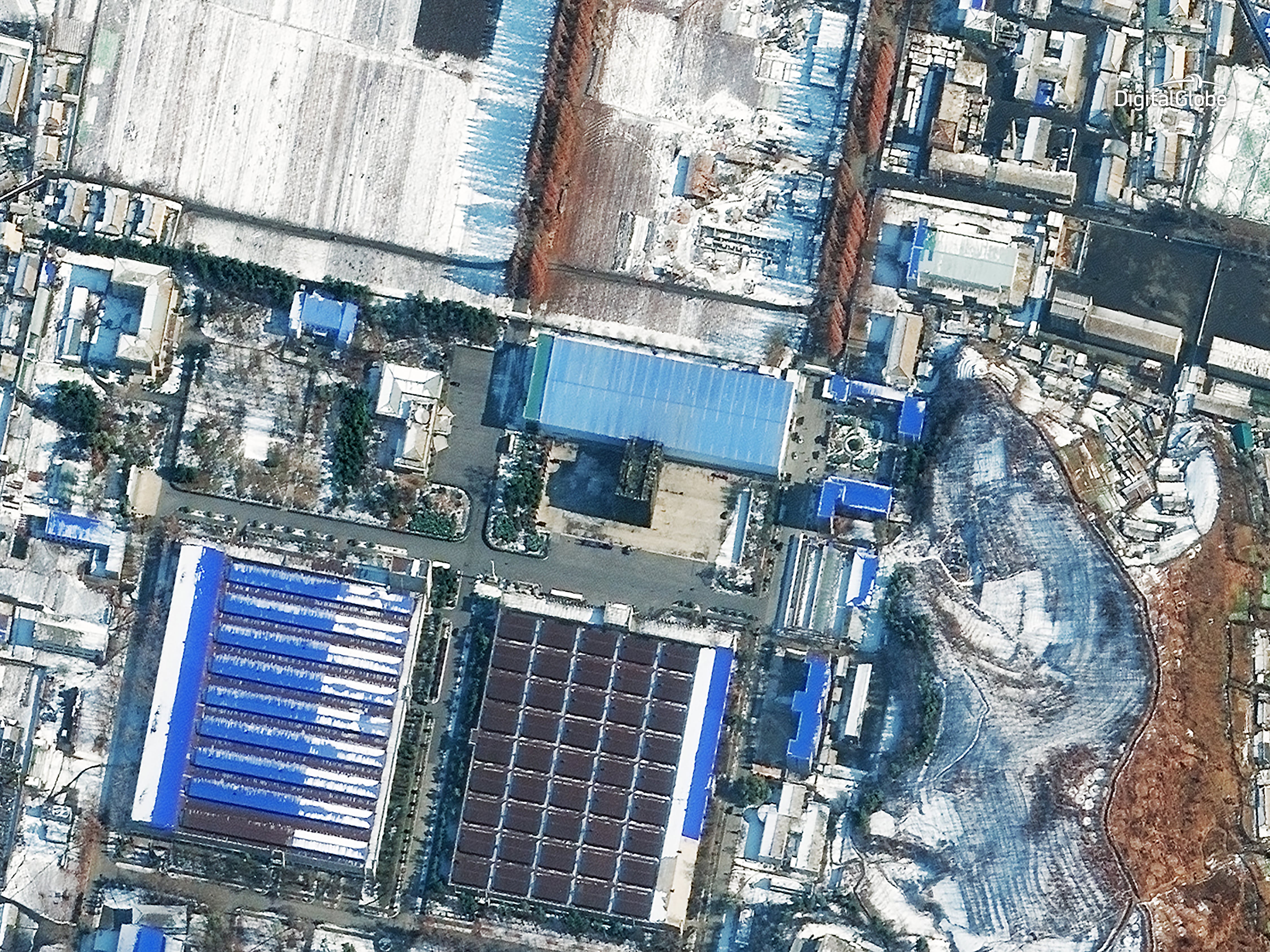WASHINGTON ― The Pentagon’s innovation agency has announced a competition it hopes will advance computer vision technology and improve national security and disaster response. The Defense Innovation Unit experimental (DIUx) has partnered with the National Geospatial-Intelligence Agency (NGA) to create one of the largest overhead satellite imagery datasets for the 2018 xView Detection Challenge.
Participants will compete for a $100,000 prize to see whose algorithm best identifies objects of interest for disaster relief and humanitarian missions. Using annotated satellite images of disaster zones provided by DIUx, participants will train their algorithms to identify 60 object classes of interest, such as trucks, damaged buildings and tents. Submitted software will be run against unpublished images to see how effectively they can identify and distinguish different object classes.
RELATED

If these algorithms prove they can accurately tag and annotate high resolution satellite imagery on their first pass, DIUx hopes analysts will be able to spend more time working on solutions to humanitarian crises.
These algorithms also have the potential to be re-trained to support warfighters and intelligence analysts. For example, algorithms that can quickly identify changes in hardware and equipment may revolutionize how imagery analysts track change in Iran and North Korea’s nuclear programs, or the mobilization of Russian military assets near the Baltics.
While there has been some reported concern about a shift to AI for imagery analysis within NGA, it remains the case drones and satellites will produce more data than can be processed by human analysts alone. Due to the sheer volume of data created by artificially intelligent and autonomous systems, some officials within DoD have made it clear that technological advancements in computer vision and machine learning are necessary for analysts to effectively do their jobs in the future.
Daniel Cebul is an editorial fellow and general assignments writer for Defense News, C4ISRNET, Fifth Domain and Federal Times.








